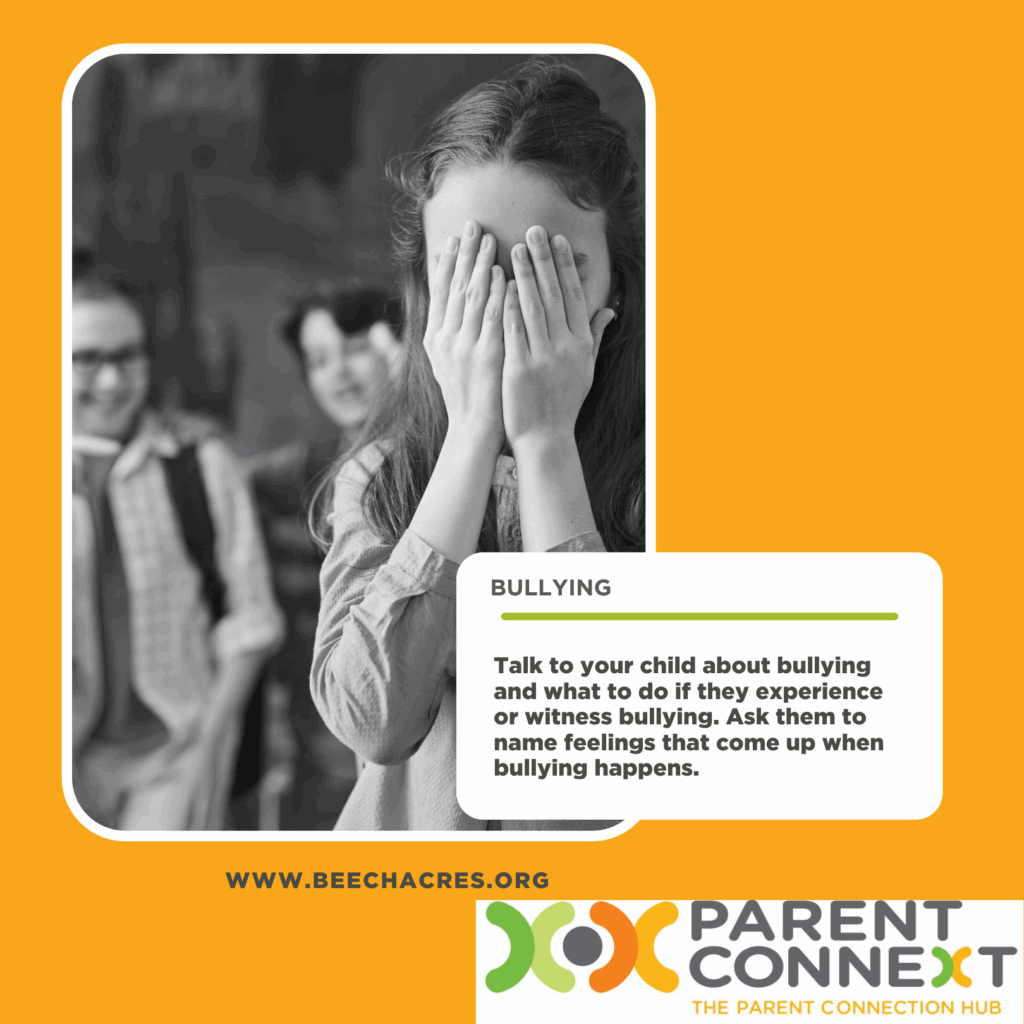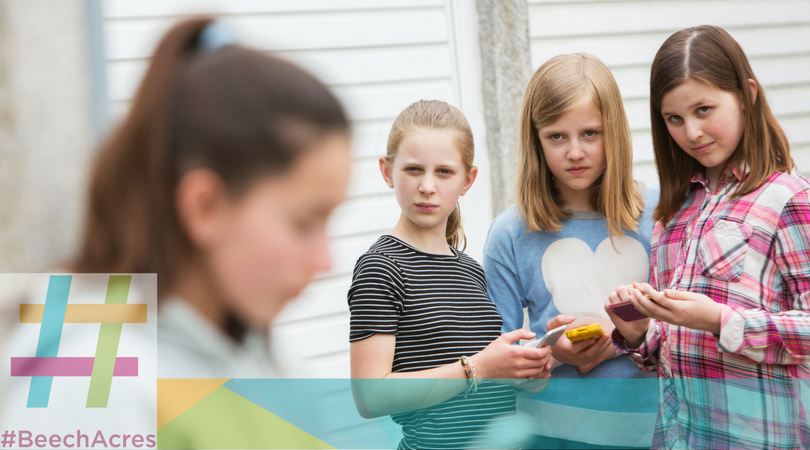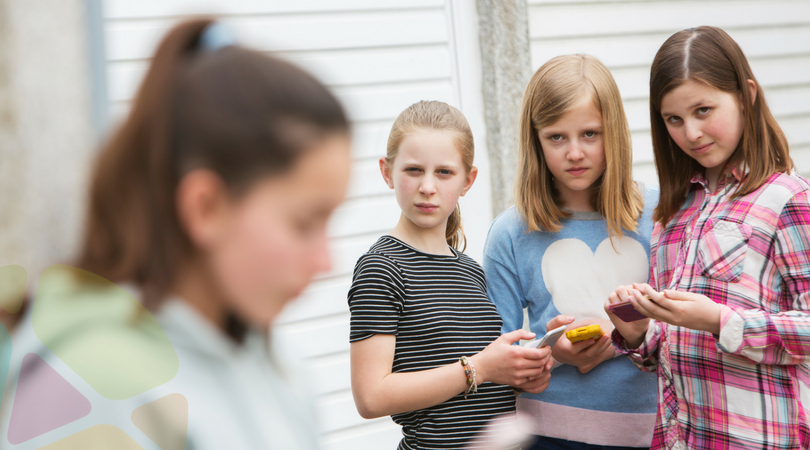“But mom, all of my friends are on Snapchat…” You may have heard this familiar counter-argument coming from your pre-teen daughter or son recently. Or you heard it in the past. Or you’re about to hear it in a few years. Replace Snapchat with Musical.ly, Instagram, Twitter, Facebook, TikTok, AOL, Dungeons & Dragons. The more things change, the more they stay the same it seems. And of course, this conversation is happening right after work, while your busy making dinner/cleaning the house/helping with homework/making a grocery list/paying bills/a million other parenting things that don’t involve a glass of wine and a relaxing book. The thing is, you don’t even know what Snapchat is. You’ve got a Facebook account you never have time to check and you may have signed up for Twitter before it became a platform for politicians to shout from their digital soapbox. You’re not entirely sure you want your kids sending snaps or ‘gramming. Don’t worry. You’re not alone and unfortunately, there is no right answer. Just because your kid’s friends have their own vlog or their music on Bandcamp doesn’t mean its right for your child or your family. First, you should know that the “but everyone else…” argument is a timeless parenting dilemma. Take refuge in knowing that the parents next door, down the road, and around the world have heard it time and time again. While the proliferation of the smartphone and access to broadband have modernized this age-old challenge, it’s something that every parent faces. It’s natural and normal for your kid to challenge you and use this common counter. If it’s not the internet, it’s dating, curfew, driving, spring break; you know, all of those other things you’re going to have to deal with in addition to Snapchat. You can talk to other parents, even get some advice from one of our parent coaches in a parent coaching session (the first one is FREE), but ultimately this decision is going to be yours to make. You must first decide if you are even going to let your child on to the social platform they are asking to be on. This is a great time to work on your family’s strengths of teamwork and judgment. Have a conversation! Find out why your kid wants to post lip-sync videos to musical.ly or live stream their Destiny campaigns. Look up these things together. Make sure you listen to your kid and do not quickly dismiss their request. They may not even know why they want to tweet. They just know all their friends are doing it. Remember everything in the world is the most important thing in the world to them. Figure out what appeals to them and what you’re willing to allow. Show compassion and a willingness to listen, talk and learn together. This is how you build trust. Once you’ve decided they can sign up for a service, do it together. Make sure you understand what it is exactly a platform is doing. It may take you a while to sort out the difference between Swarm and Periscope, but knowing the basics will help you establish rules for use. Basic rules for using social media should be governed by your family’s values, routines, and already established ground rules for screen time and internet use. Don’t have ground rules yet? Check out our six tips for online bliss. In addition to those rules make sure you create rules specific to the platform they are using. For example, no inappropriate content on YouTube, no anonymous group chats on WeChat, no Snapchats after 9:00, and the phone is on the charger in the kitchen or living room overnight. Know their friend list and look through those DMs (that’s a direct message and almost all of these platforms have them). Great! We’re on Twitch, now what? Let them have fun. Make sure they follow the rules you’ve established and make sure to check in on them from time to time. Once you’ve established trust these periodic check-ins should not be a surprise. Also, take this opportunity to build their strength of social intelligence. Make sure they understand to watch out for and report cyberbullying, messages from people they don’t know, and anything weird, inappropriate, or scary they may see online. Now, let’s figure out where all the vowels are in Flickr and Tumblr togethr.








